How Does Camera Lens Mm Mean?
Understanding Camera Lens Focal Length: What Does "mm" Mean?
When delving into the world of photography, one of the first technical aspects you'll encounter is the focal length of a camera lens, often denoted in millimeters (mm). This seemingly simple number can significantly impact your photography, influencing everything from the field of view to the depth of field and even the overall aesthetic of your images. In this article, we will explore what the "mm" in camera lenses means, how it affects your photos, and how to choose the right focal length for your needs.
What is Focal Length?
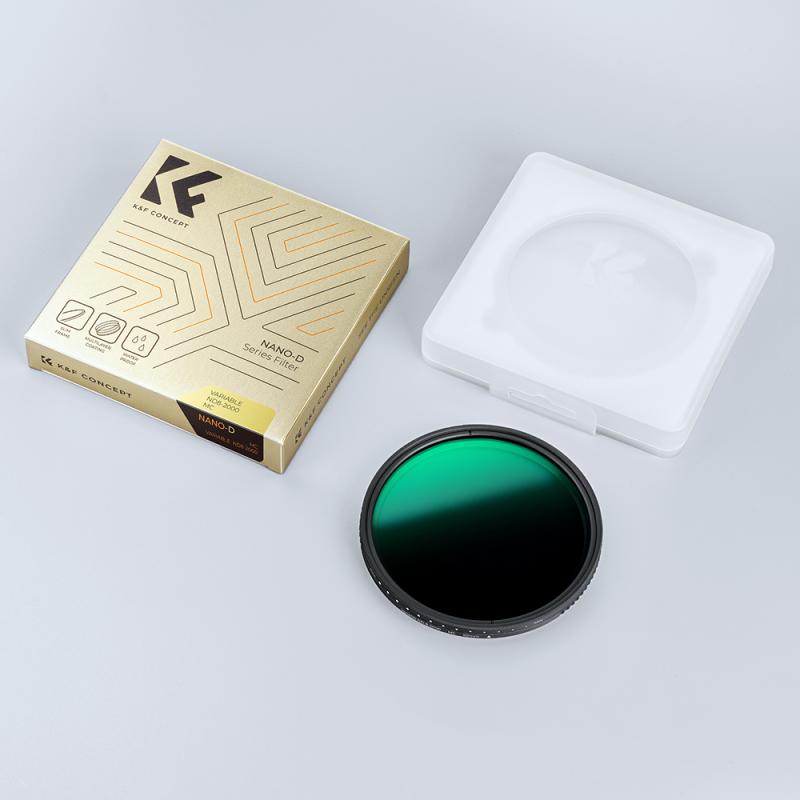
Focal length is the distance between the lens and the image sensor when the subject is in focus, usually measured in millimeters (mm). It is a critical factor that determines the angle of view and the magnification of the image. In simpler terms, the focal length tells you how much of the scene will be captured and how large the subjects will appear in the frame.
Wide-Angle Lenses (10-35mm)
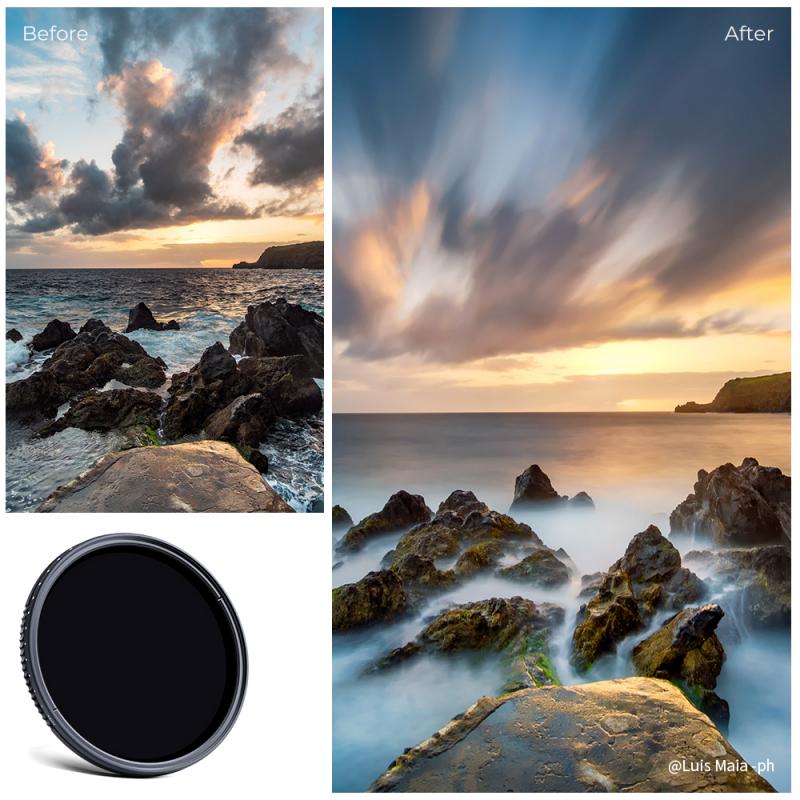
Wide-angle lenses have a short focal length, typically ranging from 10mm to 35mm. These lenses capture a broader field of view, making them ideal for landscape photography, architecture, and any situation where you want to include a lot of the scene in your frame.
Pros:
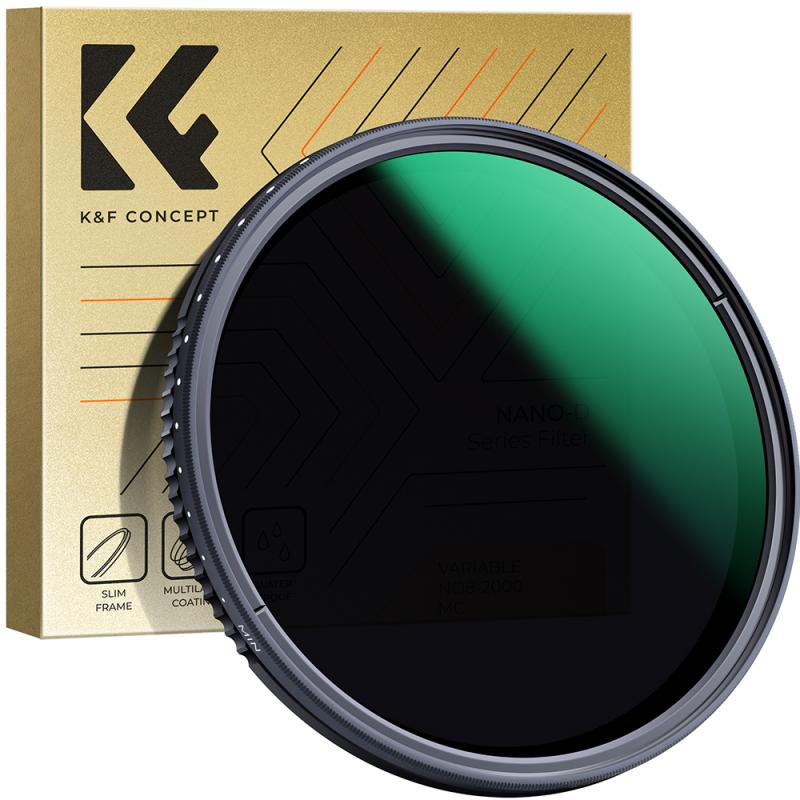
- Broader Field of View: Perfect for capturing expansive scenes.
- Greater Depth of Field: More of the scene will be in focus, which is useful for landscape photography.
- Exaggerated Perspective: Can create a sense of depth and space, making objects in the foreground appear larger.
Cons:
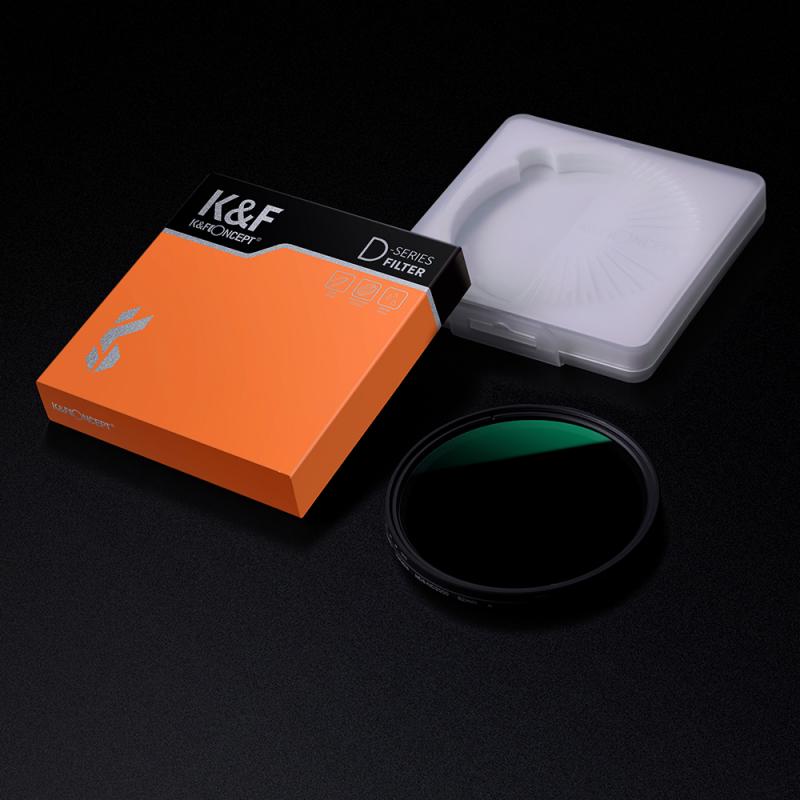
- Distortion: Objects at the edges of the frame can appear stretched or distorted.
- Not Ideal for Portraits: Can make facial features appear exaggerated and unflattering.
Standard Lenses (35-70mm)
Standard lenses, often referred to as "normal" lenses, have a focal length that ranges from 35mm to 70mm. These lenses offer a field of view that is similar to what the human eye naturally sees, making them versatile and suitable for a wide range of photography styles, including street photography, portraits, and everyday snapshots.
Pros:
- Natural Perspective: Provides a view similar to human vision, making images look more natural.
- Versatility: Suitable for a wide range of subjects and situations.
- Minimal Distortion: Produces images with minimal distortion, making them ideal for portraits.
Cons:
- Limited Field of View: Not suitable for capturing very wide scenes.
- Moderate Depth of Field: While versatile, it may not offer the extreme depth of field effects that some photographers seek.
Telephoto Lenses (70-300mm and beyond)
Telephoto lenses have a long focal length, typically starting at 70mm and extending to 300mm or more. These lenses are designed to magnify distant subjects, making them ideal for wildlife photography, sports, and any situation where you need to get close to the action without physically moving closer.
Pros:
- Magnification: Allows you to capture distant subjects in great detail.
- Shallow Depth of Field: Can create a beautiful bokeh effect, isolating the subject from the background.
- Compression: Flattens the perspective, making distant objects appear closer together.
Cons:
- Narrow Field of View: Limits the amount of the scene you can capture.
- Camera Shake: More susceptible to camera shake, often requiring a tripod or image stabilization.
- Size and Weight: Telephoto lenses are generally larger and heavier, making them less portable.
Zoom Lenses vs. Prime Lenses
When discussing focal lengths, it's also essential to differentiate between zoom lenses and prime lenses. Zoom lenses offer a range of focal lengths in one lens, such as 24-70mm or 70-200mm, providing flexibility and convenience. Prime lenses, on the other hand, have a fixed focal length, such as 50mm or 85mm, often offering superior image quality and larger apertures.
Zoom Lenses:
- Flexibility: One lens can cover multiple focal lengths.
- Convenience: Reduces the need to carry multiple lenses.
- Versatility: Suitable for various types of photography.
Prime Lenses:
- Image Quality: Often sharper with better optical performance.
- Larger Apertures: Allows for better low-light performance and shallower depth of field.
- Lightweight: Generally smaller and lighter than zoom lenses.
Choosing the Right Focal Length
Selecting the right focal length depends on your photography style and the subjects you intend to capture. Here are some general guidelines to help you make an informed decision:
- Landscape Photography: Wide-angle lenses (10-35mm) are ideal for capturing expansive scenes and dramatic skies.
- Portrait Photography: Standard lenses (35-70mm) and short telephoto lenses (85-135mm) are perfect for flattering portraits with natural perspective and beautiful background blur.
- Wildlife and Sports Photography: Telephoto lenses (70-300mm and beyond) allow you to capture distant subjects in great detail without disturbing them.
- Street Photography: Standard lenses (35-70mm) offer a natural perspective and are versatile enough for various street scenes.
- Macro Photography: Specialized macro lenses with focal lengths ranging from 50mm to 200mm are designed for close-up photography, capturing intricate details of small subjects.
Understanding the "mm" in camera lenses is crucial for any photographer looking to improve their craft. The focal length not only determines the field of view and magnification but also influences the overall aesthetic and feel of your images. By choosing the right focal length for your specific needs, you can enhance your photography and capture stunning images that tell your unique story.
Whether you're a beginner or a seasoned professional, knowing how to select and use different focal lengths will empower you to take your photography to the next level. So, the next time you pick up your camera, consider the focal length of your lens and how it can help you achieve your creative vision.



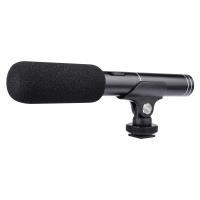


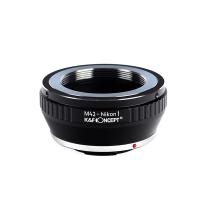
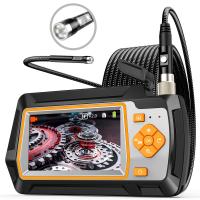
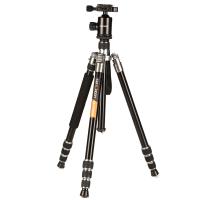
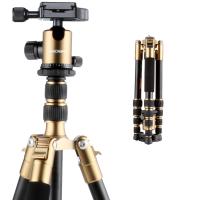
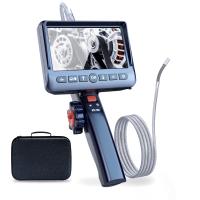
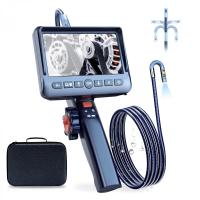
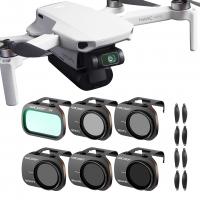
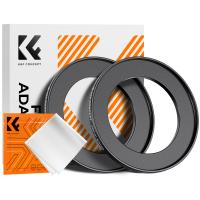
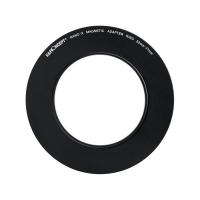
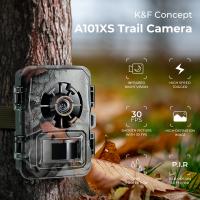

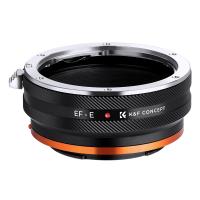

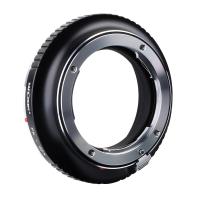

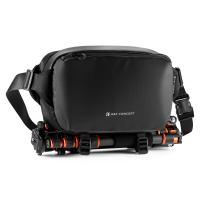




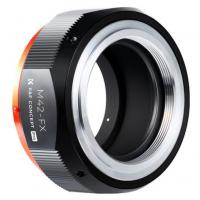


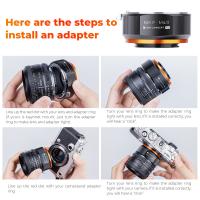
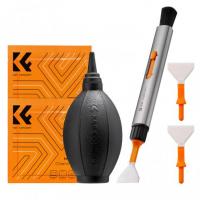
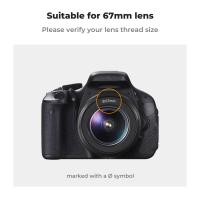

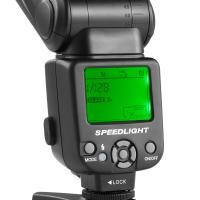

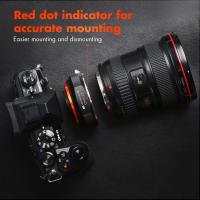
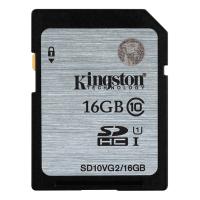


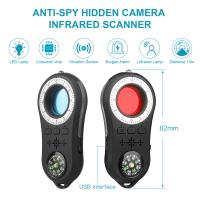
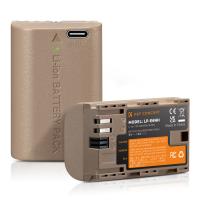
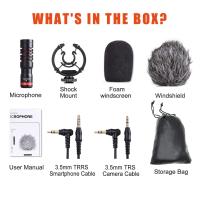
There are no comments for this blog.